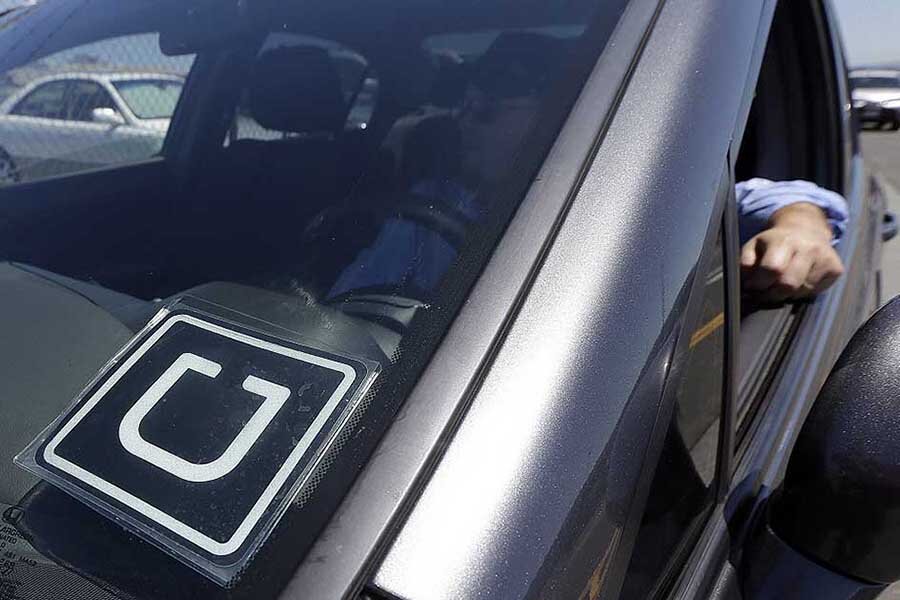Could Uber be the best form of mass transit out there?
Loading...
A Florida city has become the nation's—and presumably the world's—first to subsidize Uber rides beginning or ending within its borders.
Altamonte Springs, a suburb of Orlando, will cover 20 percent of any ride that starts or finishes within its city limits.
Call Uber for a ride to SunRail, the region's commuter train system, in fact, and Altamonte Springs' government will pop for 25 percent of an Uber fare.
The public-private partnership between Altamonte Springs and Uber is being touted as a low-cost alternative to subsidized mass transit.
Altamonte Springs City Manager Frank Martz told NPR that funds for subsidizing Uber come from $1.5 million the city had allocated for a stalled project that could have operated like a city-owned Uber.
The stalled project was called FlexBus, and it consisted of an app that let users request a small bus to come pick them up.
Ultimately, that program failed, despite a $1.5 million Federal grant, leaving Altamonte Springs to look in a new direction for alternative mass transit.
With its low population density, Orlando area is largely carcentric. Its commuter rail system, which opened in May of 2014, carries only 3,300 riders daily, while a bus system called Lynx services most of the metro area.
However, as in most lower-density cities, mass transit on a fixed route for Altamonte Springs would require many users to walk a lengthy distance and wait considerable time to get to their destination.
Altamonte Springs' deal isn't the first time that cities have partnered with Uber, or its ride-sharing rival Lyft.
However, it marks the first time that a municipality has directly subsidized such a service for all in-borders rides.
Other cities have partnered with Uber and Lyft to promote the services as a link between mass transit hubs and riders' final destinations, but they have not directly provided funding to reduce the fares.
Other cities, including Montreal and San Francisco, have municipal programs of various sorts that compete with the car-sharing services.
This article first appeared in GreenCarReports.







